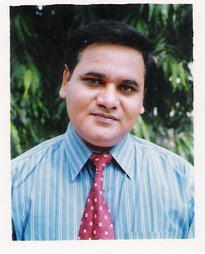Tennis Elbow
The classic tennis elbow is caused by repeated forceful contractions of wrist muscles located on the outer forearm. The stress, created at a common muscle origin, causes microscopic tears leading to inflammation. This is a relatively small surface area located at the outer portion of the elbow (the lateral epicondyle). Medial tennis elbow, or medial epicondylitis, is caused by forceful, repetitive contractions from muscles located on the inside of the forearm. All of the forearm muscles are involved in tennis serves, when combined motions of the elbow and wrist are employed. This overuse injury is common between ages 20 and 40.
People at risk for tennis elbow are those in occupations that require strenuous or repetitive forearm movement. Such jobs include mechanics or carpentry. Sport activities that require individuals to twist the hand, wrist, and forearm, such as tennis, throwing a ball, bowling, golfing, and skiing, can cause tennis elbow. Individuals in poor physical condition, who are exposed to repetitive wrist and forearm movements for long periods of time may be prone to tennis elbow. This condition is also called epicondylitis, lateral epicondylitis, medial epicondylitis, or golfer's elbow, where pain is present at the inside epicondyle.
— Jeffrey P. Larson
Athlete's Foot
Athlete's foot is a very common condition of itchy, peeling skin on the feet. In fact, it's so common that most people will have at least one episode at least once in their lives. It's less often found in women and children under age 12. (Symptoms that look like athlete's foot in young children most probably are caused by some other skin condition).
Because the fungi grow well in warm, damp areas, they flourish in and around swimming pools, showers, and locker rooms. Tinea pedis got its common name because the infection was common among athletes who often used these areas.
— Carol A. Turkington
skip to main |
skip to sidebar

Onkar Singh
Find interesting articles on writing,word origins,literary pieces, letter ideas, book review/abstract, parenting, life skills and much more!

Onkar Singh
Blog Archive
-
▼
2008
(7)
- ► 05/25 - 06/01 (2)
- ► 03/30 - 04/06 (1)
- ► 01/06 - 01/13 (1)
-
►
2007
(39)
- ► 12/30 - 01/06 (1)
- ► 06/24 - 07/01 (1)
- ► 06/03 - 06/10 (2)
- ► 05/27 - 06/03 (5)
- ► 05/20 - 05/27 (11)
- ► 04/01 - 04/08 (1)
- ► 03/25 - 04/01 (1)
- ► 03/18 - 03/25 (2)
- ► 03/11 - 03/18 (15)
No comments:
Post a Comment